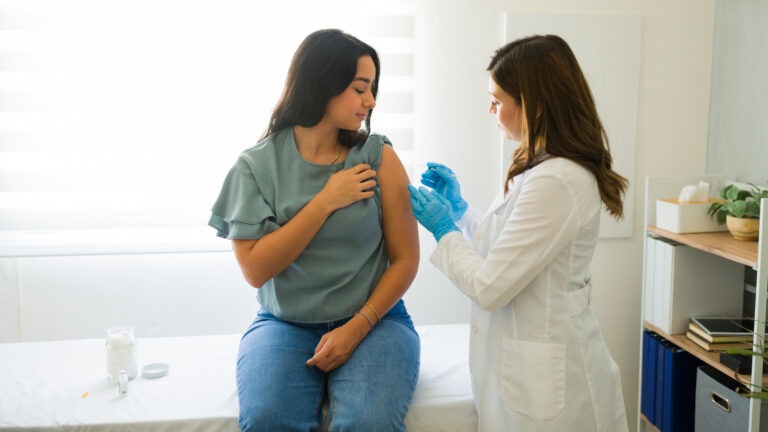Sexually transmitted infections (STI), also known as sexually transmitted diseases (STD), can negatively affect women’s and couples’ overall health and fertility. According to the CDC, over 2.4 million new cases of the three nationally tracked STIs— gonorrhea, chlamydia, and syphilis— were reported in 2023. Nearly half of reported cases were diagnosed in teens and young adults aged 15-24. Blacks or African Americans were also disproportionately affected, representing 32.4% of STI cases but only 12.6% of the U.S. population.
Chlamydia was most common, followed by gonorrhea, and then syphilis. Particularly relevant to reproductive-aged women, in 2023 cases of syphilis were at their highest levels since 1950. Rates of congenital syphilis (passed from mom to baby) were at their highest since 1992. The CDC reports, “From 2022 to 2023, the rate of syphilis (all stages) increased 6.8% among women aged 15–44 years, with increasing rates in 39 states and the District of Columbia.”
Here, learn about risk factors for common STIs, treatments, and their impact on fertility.






